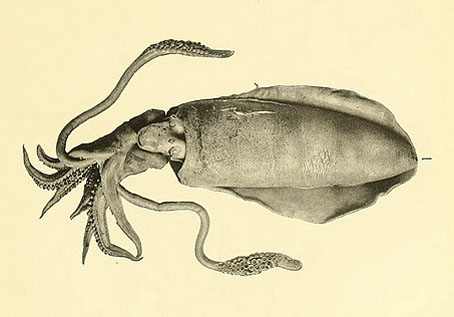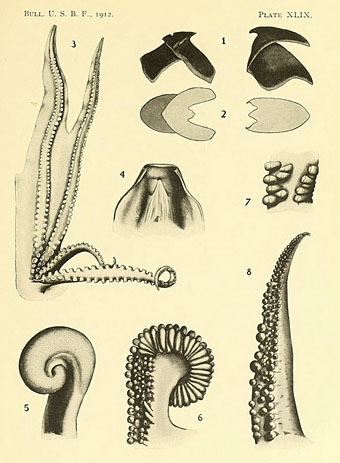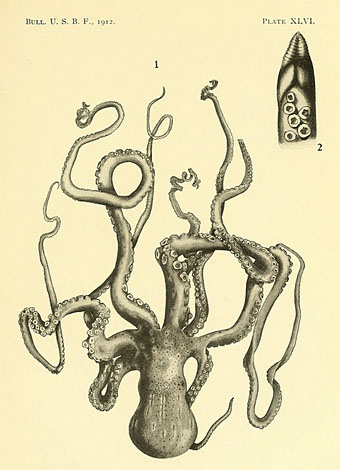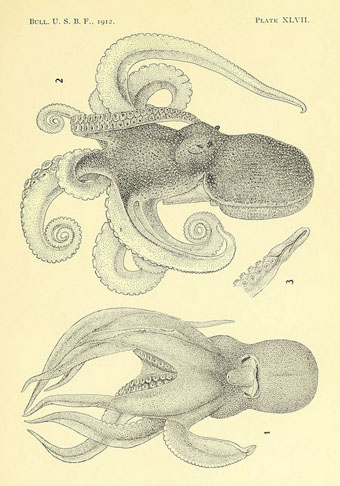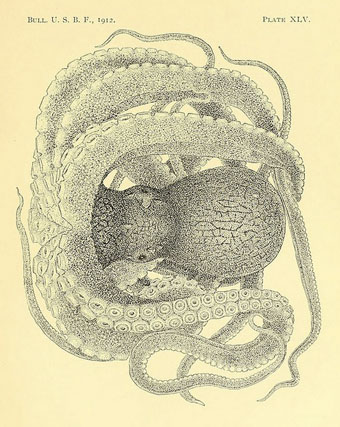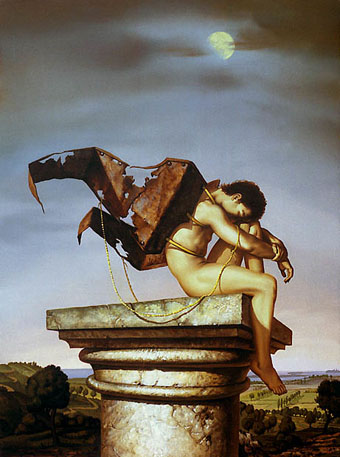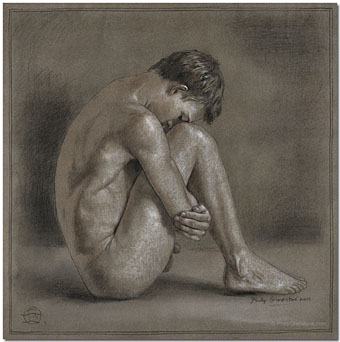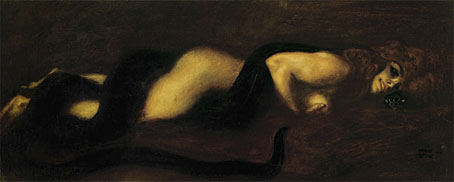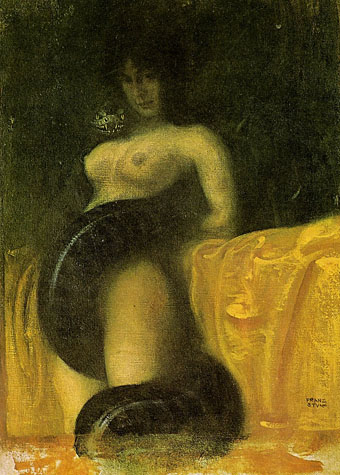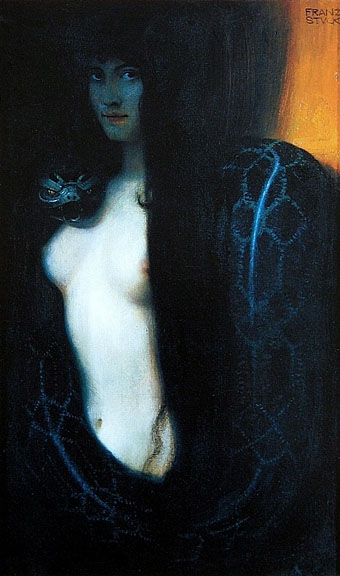Seven and Seven Is (1967), a single by Love.
Celebrating seven years of this here blawg with a bunch of sevens. But first, the stats which (according to WordPress’s own meter) say “This blog was viewed about 2,300,000 times in 2012”. The caveat there is that many people visit these pages simply to see a picture, not because there’s anything further of interest, hence the persistent popularity of the Naked furniture post in the top five listing below:
1: The weekend artists, December 2011
2: Naked furniture, April 2009
3: The art of Takato Yamamoto, June 2007
4: Alex in the Chelsea Drug Store, April 2006
5: Hysterical Literature, August 2012
Not listed there because it’s on a standalone page is the gay artists archive which remains the most popular thing on the site. The equally persistent popularity of the Clockwork Orange post at no. 4 is a good demonstration of the fickleness of the blog hordes; things done on a whim often have more staying power. As always, thanks for reading and commenting! And now the music…
• Seven By Seven (1971) by Hawkwind
• Seven Days (1972) by Annette Peacock
• Seven Years (1986) by Watermelon Men
• Seven Souls (1989) by Material feat. William Burroughs
• Seven Laws of Woo (1992) by Praxis
• Seven, Seven, Seven (1995) by Money Mark


